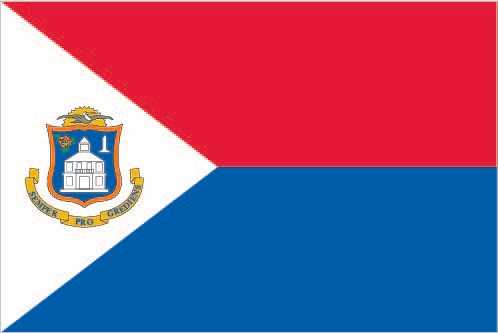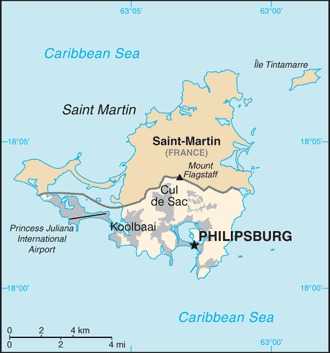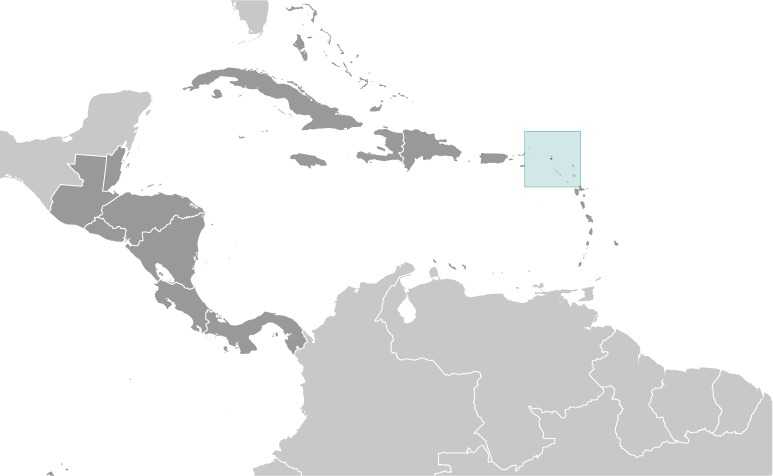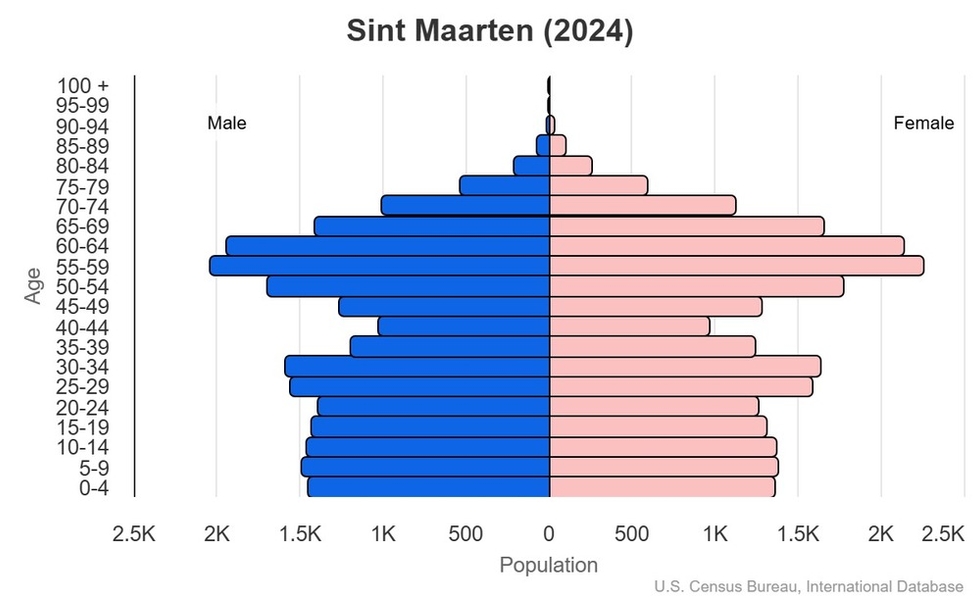Introduction
Tip
Visit the Definitions and Notes page to view a description of each topic.
Geography
People and Society
Population
comparison rankings: total 210; male 210; female 210
Median age
comparison ranking: total 55
Population growth rate
comparison ranking: 79
Birth rate
comparison ranking: 144
Death rate
comparison ranking: 141
Net migration rate
comparison ranking: 16
Infant mortality rate
comparison ranking: total 150
Life expectancy at birth
comparison ranking: total population 62
Total fertility rate
comparison ranking: 107
Government
Economy
Real GDP (purchasing power parity)
comparison ranking: 198
Real GDP growth rate
comparison ranking: 97
Real GDP per capita
comparison ranking: 48
Inflation rate (consumer prices)
comparison ranking: 63
GDP - composition, by sector of origin
comparison rankings: industry 202; services 7
Industrial production growth rate
comparison ranking: 123
Current account balance
comparison ranking: 95
Energy
Communications
Telephones - mobile cellular
comparison ranking: total subscriptions 200




